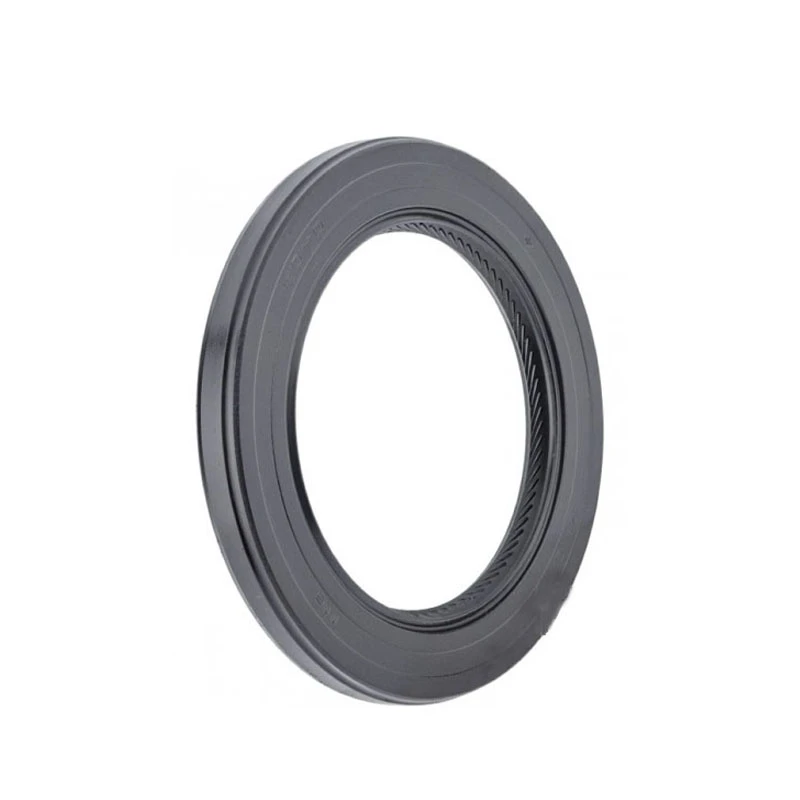Understanding the Function and Benefits of Radial Lip Seals in Machinery and Equipment
Understanding Radial Lip Seals Functionality and Applications
Radial lip seals, commonly referred to as rotary shaft seals, are critical components in various mechanical systems. Their primary function is to prevent the leakage of lubricants and fluids while simultaneously keeping contaminants out. This dual action is essential for ensuring the longevity and efficiency of rotating machinery, such as engines, gearboxes, and pumps.
Structure and Design
The fundamental design of a radial lip seal consists of several key components. The most prominent part is the elastomeric lip, which is usually made from materials like rubber or thermoplastic elastomers. This lip makes direct contact with the rotating shaft, creating a dynamic seal. The sealing effectiveness of the lip is enhanced by a spring mechanism that exerts pressure against the shaft, ensuring a snug fit and allowing for slight variations in the shaft's diameter due to wear or thermal expansion.
The outer portion of the seal is typically rigid and is designed to fit snugly into the housing, providing stability and support. The interface between the shaft and the seal is where most of the action occurs, and it is meticulously designed to minimize friction, thereby reducing heat generation and wear.
Working Principle
The working principle of radial lip seals relies on the interaction between the lip and the shaft. As the shaft rotates, the lip maintains a tight contact due to the spring force which exerts a controlled amount of pressure against the shaft surface. This pressure helps to create an effective barrier that prevents the escape of lubricants and keeps external contaminants, such as dust and dirt, at bay.
One of the notable features of radial lip seals is their capacity to accommodate radial and axial misalignment
. This flexibility enhances their reliability in real-world applications where perfect alignment is often challenging to achieve.Applications
Radial lip seals are utilized in numerous applications across different industries. In the automotive sector, they play a significant role in sealing crankshafts, drive shafts, and wheel bearings, contributing to the efficiency and performance of vehicles. The aerospace industry also leverages these seals in engines and hydraulic systems, where precise sealing is crucial for safety and performance.
radial lip seal

In industrial machinery, radial lip seals are integral to hydraulic cylinders, compressors, and turbines. Their ability to withstand various temperatures and pressures makes them indispensable in processes that demand high reliability.
Moreover, these seals are increasingly being adopted in the energy sector, especially in wind turbines, where they protect critical components from harsh environmental conditions.
Advantages
The advantages of radial lip seals are numerous. They provide excellent sealing performance, which is vital for maintaining lubrication and reducing friction. Their design allows for easy installation and replacement, an important aspect in maintenance-intensive environments. Additionally, radial lip seals can be tailored for specific applications by adjusting their size, material, and design features, enhancing their versatility.
Challenges and Considerations
Despite their many advantages, radial lip seals are not without challenges. One of the primary concerns is wear and aging, which can lead to eventual seal failure. Factors such as operating temperature, chemical exposure, and mechanical stress can all impact seal longevity. Proper selection of materials and seal designs tailored to specific applications is essential to mitigate these risks.
Another consideration is installation. A poorly installed seal may not function effectively, leading to leakage or premature failure. Therefore, meticulous attention must be paid during the installation process, adhering to manufacturer guidelines and specifications.
Conclusion
Radial lip seals are vital components that ensure the effective operation of various mechanical systems. Their capacity to prevent fluid leakage and keep contaminants at bay plays a significant role in enhancing the performance and lifespan of machinery. As technology advances, the design and materials used in radial lip seals continue to evolve, ensuring their relevance in increasingly demanding applications. Proper understanding and selection of these seals are critical for achieving optimal performance in any industry reliant on rotating machinery.
-
The Ultimate Guide to Boat Propeller Bearings and Trailer Wheel Bearings
News Jul.31,2025
-
The Essential Guide to Marine Bearings and Boat Trailer Wheel Bearings
News Jul.31,2025
-
The Complete Guide to Heavy Duty Seals: Protecting Doors and Spaces Efficiently
News Jul.31,2025
-
Essential Guide to Marine Shaft Bearings and Boat Trailer Axle Bearings
News Jul.31,2025
-
Comprehensive Guide to Marine and Trailer Bearings for Safe Boating and Transport
News Jul.31,2025
-
Comprehensive Guide to Automotive Oil Seals: Protecting Your Engine and Shafts
News Jul.31,2025
-
Understanding Automotive Oil Seals: Essential Components for Engine and Shaft Protection
News Jul.30,2025
Products categories















